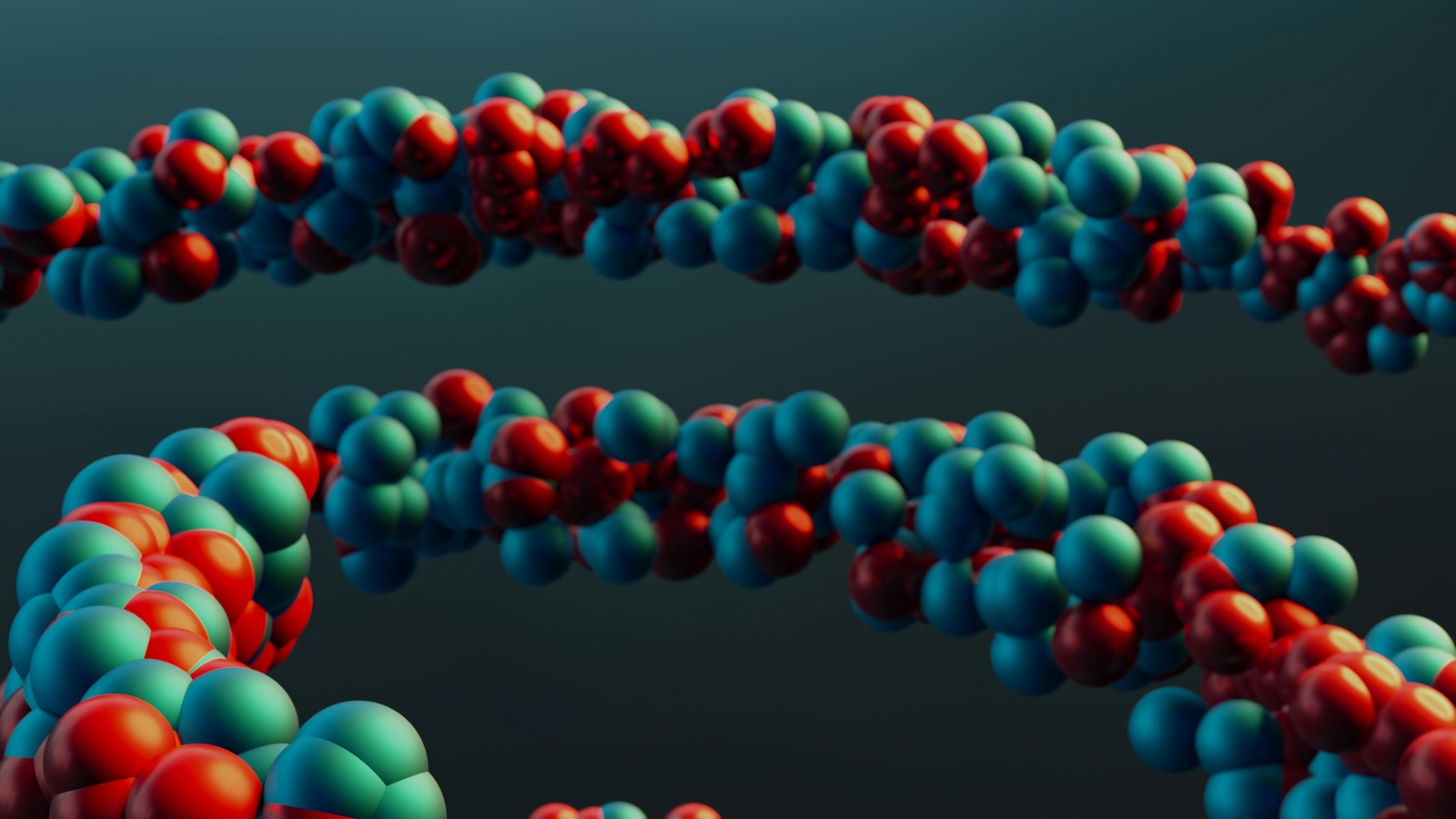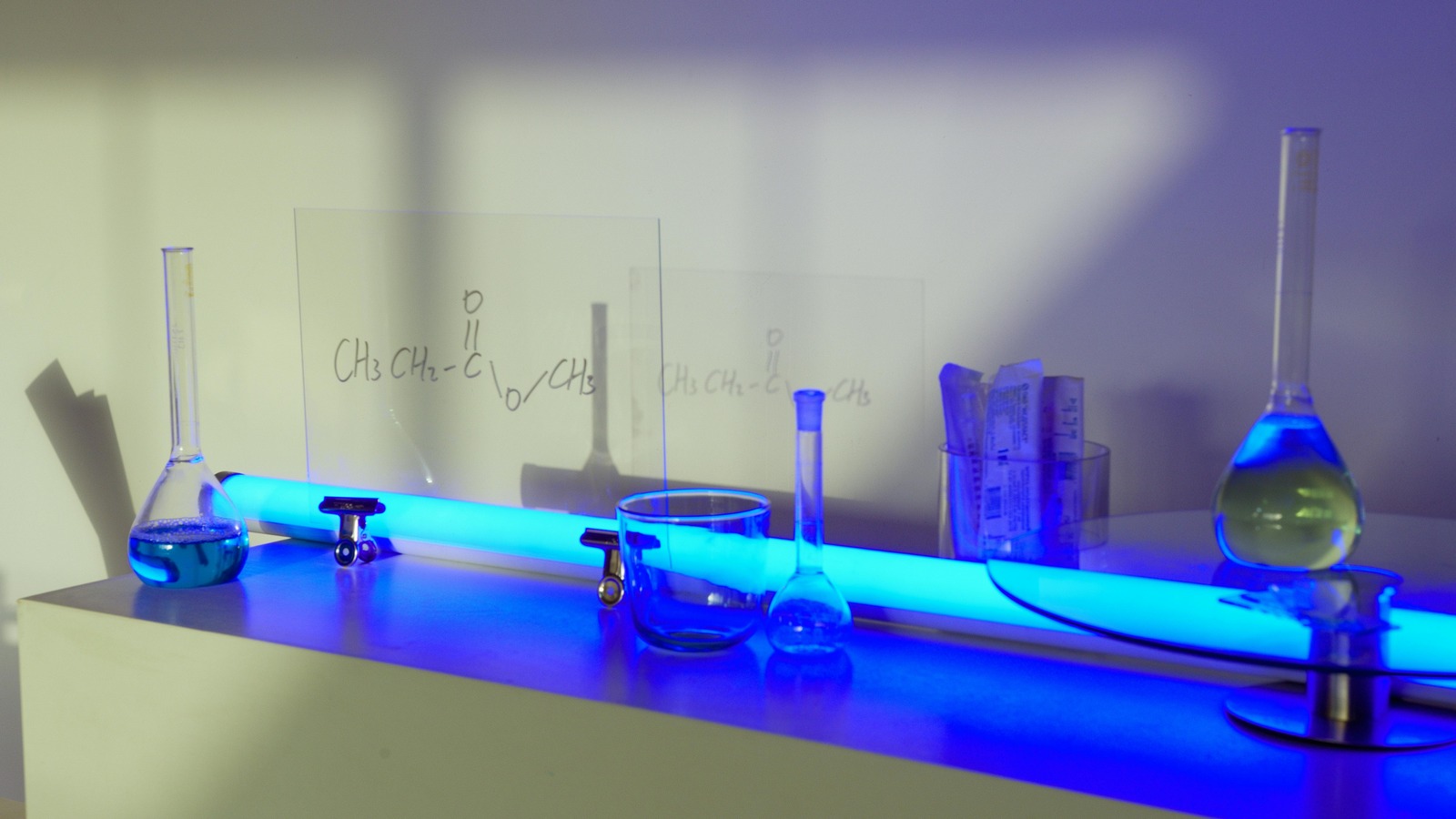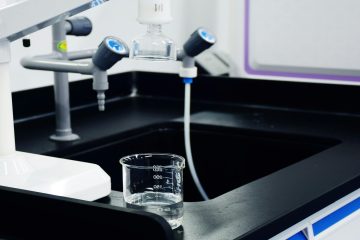In Malaysia, the adoption of silane coupling agent is particularly significant given the country’s growing focus on industrial development and technological advancement. Key sectors such as automotive manufacturing, electronics production, and the construction industry rely heavily on innovative materials to meet global standards.
With Malaysia positioning itself as a hub for advanced materials research and sustainable development, silane coupling agents offer a pathway to improving the performance and competitiveness of locally manufactured products. The integration of these compounds aligns with national efforts to promote high-value industries and drive economic growth.

Silane coupling agent are organosilicon compounds characterized by their bifunctional structure. On one end, they possess a hydrolyzable group (such as alkoxy, acyloxy, or chlorine), which can bond with inorganic materials like glass, metals, and ceramics. On the other end, they feature an organofunctional group (such as amino, epoxy, or vinyl), which interacts with organic polymers. This dual reactivity allows silane coupling agents to act as molecular bridges, chemically linking dissimilar materials to form cohesive composites.
Mechanism of Action
Silane coupling agents are highly effective due to their ability to establish robust chemical bonds with both organic and inorganic substrates. The bonding process involves three key steps: hydrolysis, where hydrolyzable groups react with water to form silanol groups (-SiOH); condensation, where these silanol groups bond covalently with hydroxyl groups on the inorganic surface; and reaction with organic polymers, where the organofunctional groups form strong chemical bonds with organic materials. This interfacial bonding not only improves stress transfer but also reduces delamination and enhances the mechanical properties of composite materials.
Applications in Industry
Silane coupling agents find extensive application in adhesives, sealants, and coatings, where they play a crucial role in enhancing performance and durability. In adhesives and sealants, they improve the adhesion between polymers and inorganic substrates, ensuring long-lasting bonds even in challenging environments. In coatings, silane coupling agents enhance adhesion, water resistance, and durability, making them ideal for protective applications on surfaces such as metals, glass, and other materials. These properties make silane coupling agents indispensable in industries requiring high-performance bonding and surface protection.

Silane coupling agents play a vital role across various industries by enhancing material performance and durability. In composites, such as fiberglass-reinforced plastics, they improve the compatibility between the matrix and the reinforcement, resulting in greater strength and longevity. In electronics, they are employed to improve adhesion and ensure reliable performance in electronic packaging, including microchips and other sensitive components. In the construction industry, silanes enhance the durability and water resistance of materials like concrete, sealants, and paints, contributing to longer-lasting and more resilient structures.
Advantages of Silane Coupling Agent
- Enhanced Adhesion: They significantly improve the bonding between diverse materials.
- Improved Durability: By preventing delamination and moisture ingress, silanes extend the lifespan of composite materials.
- Versatility: With a wide range of functional groups available, silanes can be tailored for specific applications.
- Cost-Effectiveness: Their use often reduces the need for additional processing steps or costly surface treatments.

Challenges and Considerations
Despite their benefits, the use of silane coupling agents requires careful consideration of factors like:
- Processing Conditions: Proper application methods, such as controlling humidity and pH, are crucial for optimal performance.
- Compatibility: The choice of silane must align with the chemical nature of the substrates.
- Environmental Impact: The production and use of some silanes may involve volatile organic compounds (VOCs), necessitating eco-friendly alternatives.

Silane Coupling Agent supply from Ample Worldwide’s Enhance Material Bonding and Performance
Silane coupling agents have revolutionized material science by enabling the seamless integration of organic and inorganic materials. Their ability to enhance adhesion, durability, and performance makes them an essential tool in various industries. As innovation in this field progresses, silane coupling agents will play a pivotal role in shaping the future of advanced materials and sustainable technologies.
This vision aligns seamlessly with Ample Worldwide’s commitment to excellence and innovation. As a national leader in brands and technologies, Ample Worldwide aspires to be the best in everything it undertakes, driving advancements that create value for industries and society. Guided by its OUTPERFORM – GLOBALIZE – SIMPLIFY – INSPIRE strategy, Ample Worldwide fosters a culture of continuous improvement and sustainable progress. The company’s dedication to aligning cutting-edge technologies with its visionary goals ensures that advancements in silane chemistry and related fields will be harnessed to meet the evolving needs of industries, delivering impactful solutions that uphold its values and drive success.


